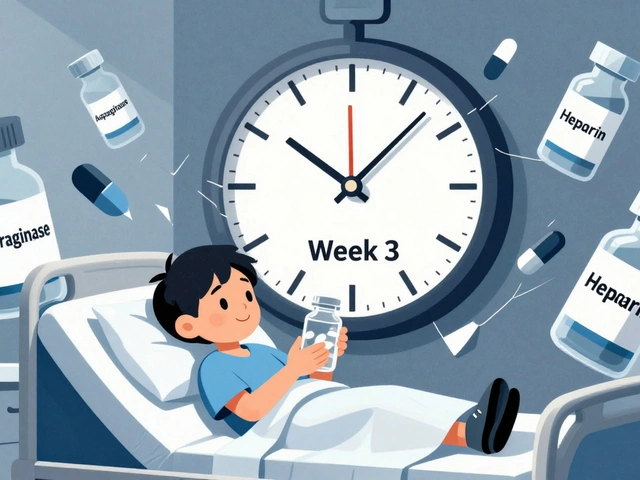Hospital Drug Policies: What They Are and How They Impact Your Care
When you walk into a hospital, the drugs you get aren’t chosen randomly. Behind the scenes, hospital drug policies, formal rules hospitals use to control which medications are available and how they’re prescribed. Also known as formulary systems, it guides everything from which antibiotics a doctor can order to how pain meds are dosed for seniors. These aren’t just bureaucratic hoops—they’re lifesaving filters designed to prevent dangerous drug interactions, reduce errors, and cut costs without sacrificing care.
These policies directly connect to medication safety, the practice of ensuring patients receive the right drug, in the right dose, at the right time. For example, if a patient is on warfarin, the hospital’s policy might require genetic testing before dosing—because CYP2C9 and VKORC1 variants can make standard doses deadly. Or if someone’s on statins, the policy might block certain antifungals because of the rhabdomyolysis risk. Even something as simple as choosing between citalopram and escitalopram is influenced by hospital guidelines that limit doses to avoid QT prolongation. These aren’t theoretical concerns—they’re real, documented risks that policies exist to stop.
Another key player is formulary management, how hospitals decide which drugs to stock and which to restrict. You might wonder why your favorite brand-name drug isn’t available, but the hospital likely chose a generic version because it’s just as effective and costs half as much. That’s formulary management in action. It’s also why some drugs like glyburide are avoided in older patients—because studies show they carry a much higher hypoglycemia risk than glipizide. Hospitals track these outcomes and update their lists yearly. And when drug shortages hit, like those tracked by the FDA Drug Shortage Database, policies shift again to prioritize what’s available and safe.
These rules don’t just protect patients—they also help doctors make faster, smarter decisions. Instead of guessing which antibiotic works best for cellulitis versus impetigo, the policy gives them a clear, evidence-backed path. When a patient needs a bronchodilator for COPD or a nasal spray for allergic rhinitis, the formulary ensures they get the most effective option, not the most expensive one. Even mental health meds like benzodiazepines are restricted for seniors because of the Beers Criteria—proven guidelines that say these drugs increase fall and dementia risk.
What you’ll find in the posts below are real-world examples of how these policies play out. From how to check if your meds are in short supply, to why certain antibiotics can’t be mixed with statins, to how hospitals handle QT prolongation risks with antidepressants—every post ties back to the invisible rules that keep you safe. These aren’t abstract policies. They’re the reason you don’t get the wrong pill, the wrong dose, or the wrong combo. And when you understand them, you can ask better questions, spot red flags, and take more control of your care.

Institutional Formularies: How Hospitals and Clinics Control Drug Substitutions
Institutional formularies are hospital and clinic systems that control drug substitutions to improve safety and reduce costs. Learn how they work, who makes the rules, and why they sometimes confuse patients and providers.
read more




